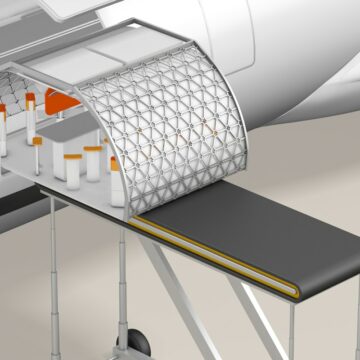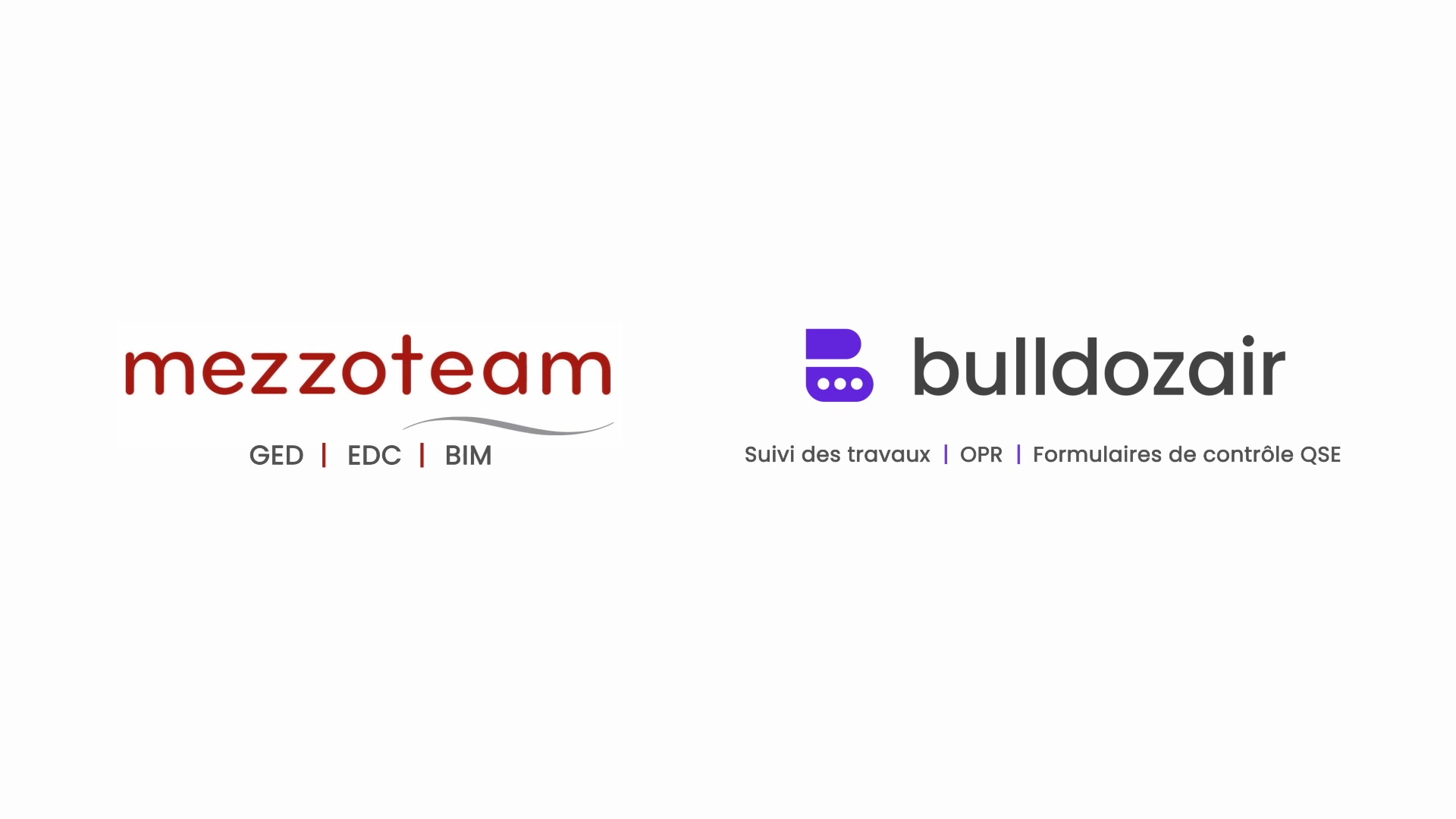Environmental pollution has been a big problem for the last decades as we can currently see the results of deforestation and global warming in the planet. Due to this alarming situation, people and governments have put lots of efforts into reducing pollution and protecting our environment through initiatives such as reforestation and recycling.
According to the U.S. Green Building Council, buildings are responsible for 40% of national CO2 emissions, however, green buildings are almost doubling every three years and more than 70 countries expect 60% of their construction projects to be green by 2018.
We can clearly see that companies in this sector are taking more and more interest in green or sustainable buildings, but what are sustainable buildings and what it takes for them to be called sustainable?
Green or sustainable buildings have one main focus: lowering the environmental impact compared to regular buildings over their full life cycle, without compromising basic functions or comfort for inhabitants. To do so these buildings must be energy efficient, use renewable or environmentally friendly materials and must not disrupt the environment where they will be built. It is also important to focus on durability, as sustainable buildings aim to reduce maintenance as much as possible in order to save energy and materials, therefore reducing waste.
Energy efficiency is the most important factor for this type of buildings, as their ultimate goal is to obtain energy self-sufficiency. Thus, the implementation of solar panels, wind turbines or solar water heaters is extremely important for green constructions. Another important issue when dealing with energy efficiency is insulation, as energy must be preserved as much as possible. Common materials for insulation include fiberglass and cellulose; however, there have been several health concerns about fiberglass and even though some consider cellulose as a green material, due to the fact that it is made out of recycled newspaper, it includes many fire-retardant additives like boric acid or ammonium sulphate, to reduce the risk of fires due to the flammable condition of paper. Thankfully, new companies are working on delivering better and more environmentally friendly insulation options such as Bonded Logic who offers an alternative using recycled denim or Thermafleece who offers options in wool and hemp.
Nevertheless, energy efficiency is not the only goal. Other efforts regarding green materials are also being made. For example, a new wool brick was developed by Scottish and Spanish scientists. This brick has fewer CO2 emissions as it doesn’t need to be fired, unlike regular bricks who need to pass through temperatures reaching up to 12 000° Celsius. They are made out of wool fibers and seaweed extract which makes them 37% stronger and more resistant to cold wet climates than regular unfired bricks. Many companies are also interested in using more recycled materials and nowadays we can find options like recycled wood, recycled steel, etc.
As we can observe, a lot of effort are put on protecting our planet and soon we might be able to counteract all of the pollution occurred in previous generations.







